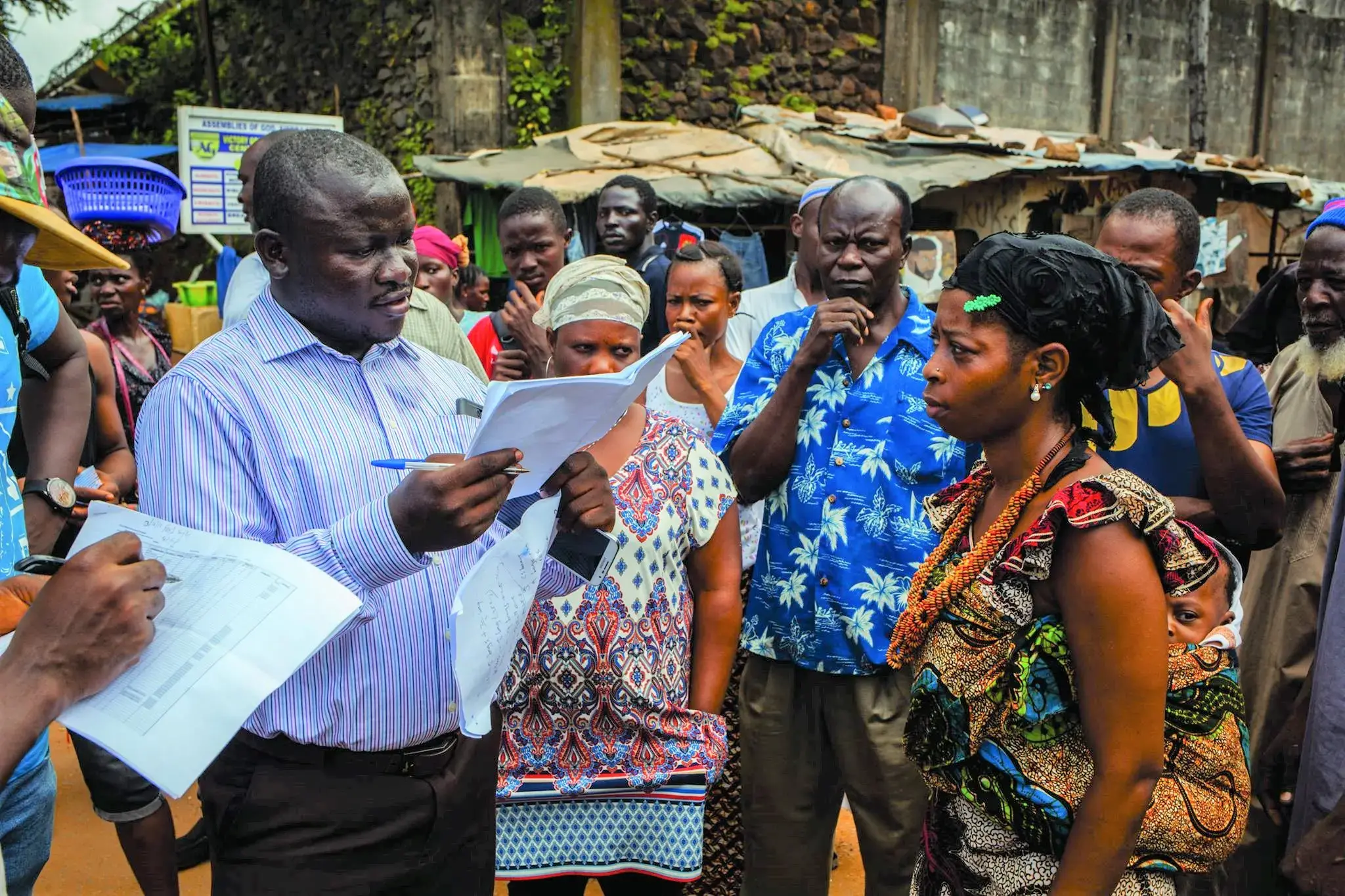The world population of 7.2 billion in mid-2013 is projected to increase by almost one billion people within the next twelve years, according to official United Nations population estimates. It is projected to reach 8.1 billion in 2025, and to further increase to 9.6 billion in 2050 and 10.9 billion by 2100.
UNFPA’s work on population is central to the goals of the international community to improve living standards and achieve sustainable development. Population dynamics, including growth rates, age structure, fertility and mortality, migration and more, influence every aspect of human, social and economic development. Other core areas of UNFPAs work, including reproductive health and women's empowerment, powerfully influence population trends. Linking population factors to designing of national development programmes is especially important in Sierra Leone as approximately 42% of the population is under 15 years of age and 19% are young people aged 15-24 years. Women of childbearing age (15-49) constitute a quarter of the population. The teenage pregnancy rate is 34% and teenage childbearing contributes to 40% of maternal deaths. About 48 per cent of young women (20-24 years of age) become mothers before age 18. These factors contribute to very high school dropout rates and the consequent low status of women.
Sierra Leone has experienced fertility transition since 1974 when the total fertility rate (TFR) in the 1974 Population Census was reported on average at 6.5 children per woman. This has steadily declined to an average of 5.2 children per woman in 2015. However, fertility has varied greatly across regions from 5.6 children per woman in the Northern Region to 5.5 and 5.4 children per woman respectively in the Southern and Eastern regions. The Western Region reported the lowest TFR of 4.0 children per woman (2015 Census Analytical Report). This suggests that the country is beginning to see fertility declines which when sustain is likely to usher the country into a demographic dividend.
Governments need to be able to gather information about population trends, as well as track and analyse those trends in order to create and manage sound policies and generate the political will to appropriately address both current and future needs. UNFPA assists countries in every aspect of this, as needed, from developing capacity in data collection and analysis to participating in national, regional and global policy dialogue to supporting demonstrative programmes for the purpose of up-scaling interventions
UNFPA supports the Government of Sierra Leone to strengthen national capacity for the production, utilisation and dissemination of quality statistical data. This is through supporting Statistics Sierra Leone (SSL) in conducting the 2018 Demographic and Health Survey (DHS), the 2015 Population and Housing Census (PHS) and establishment of an Integrated Management Information System (IMIS). Both the 2018 DHS and the 2015 PHC will provide Government and other development partners with data for purposes of policy formulation, socio-economic and health planning, service delivery, development planning and indicators for measuring progress towards the attainment of key Government targets. Providing Government, development partners and other stakeholders with relevant, reliable data and information is vital for development planning, policy formulation and services delivery as well as for monitoring and evaluation of development programmes and plans.


